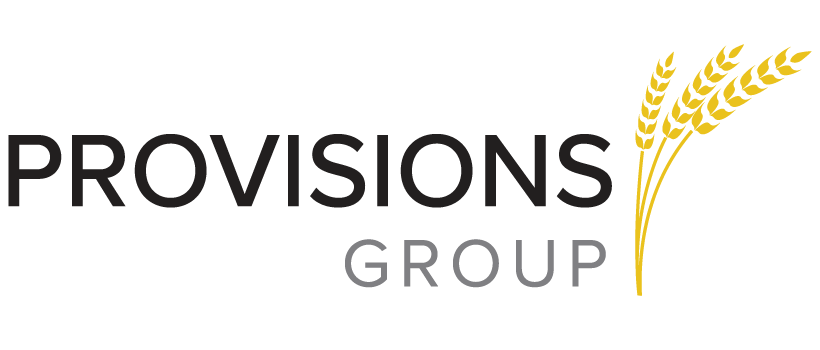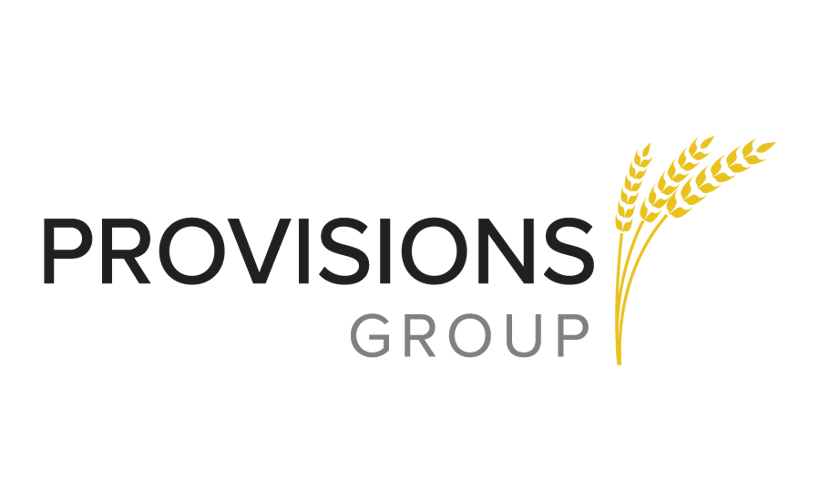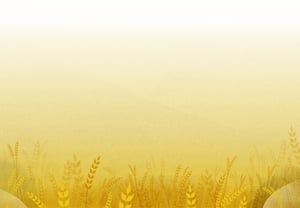As you consider the talent needed for your next implementation or internal team, attention to soft skills can either make or break your next project. While I would never go into a large implementation without the technical expertise and experience needed, let’s say I’ve seen more projects struggle (and succeed!) due to skills outside the technical realm.
In writing this blog, I found a few articles on this topic. In the Salesforce Blog – Develop Soft Skills to Accelerate Your Career and another interesting one from Forbes: Here Are The Top 5 Soft Skills I Look For In Candidates (forbes.com), The authors call out the biggies – Active Listening, Communication, Problem-Solving – all skills that will elevate us in almost all careers. While both articles were spot on, I felt the need to add – “But wait. There’s more!” commentary to these ideas.
The broadness of the “soft skills” in a tactical context inspired some deeper thoughts on practical application. Here are a few tactical plays within the skills I have found effective as a Salesforce practitioner.
Soft Skill: Active Listening
Tactic: Listening to Understand the Bigger Picture – One of my colleagues noted that a Salesforce Admin and a Salesforce Specialist/Consultant is often the difference between an Order-taker vs. a Process-Maker. Those who can strive to solve the bigger problem can become trusted advisors for building out processes and functionality. For example, adding fields with no one accountable for adding the data is a common occurrence that adds clutter with no big-picture value.
Listening to the task at hand is a general day-to-day role for a Salesforce Consultant. Being excited to help quickly is commendable. Balancing that trait with the skill to slow down and consider requirements from various angles and viewpoints will greatly improve the process and adoption. So often, the eagerness to solve the problem of the day can backfire if we do not stop to understand the depth and breadth of need.
Soft Skill: Being Goal-Oriented
Tactic: Keeping focused on the WHY. So often, it happens after numerous meetings, feedback, and revisions; we look at the process or feature and somehow have lost the logical reason. Protect yourself and others from rabbit holes and shiny object syndrome that can detail your project. For one particular “all over the place” project, we made sure to have the Success Criteria and Project Goal as the header of the status meeting with Stakeholders each week. As new features were requested, we’d ask the priority in relation to the original plan. This was a useful tool in being able to stack-rank new requests (into future phases), making sure we did not derail from the original goals expected by the executive stakeholder.
Soft Skill: Critical Thinking
Tactic: Knowing that it’s ok to use the “Hammer” - You’ve likely heard the saying, “If all you have is a hammer, everything looks like a nail.” The advice is to have more “tools” to pick the appropriate one as needed. With the beauty of Salesforce and the MANY available tools, it sometimes becomes a great skill to keep it simple. Often a hammer – i.e., native functionally and a simple process – works great. Over-engineering can be a killer – in both the short and longer term. We’ve been pulled into several projects to pull apart the Rube Goldberg machine that could have been a hammer.
Soft Skill: Critical Thinking
Tactic: Ability to Tell the Future (aka Foresight) – Experience is often the best teacher to know the impact of poor change management, complex designs, high maintenance needs, and difficult user experience. Many that are a “C” on the DISC profile also naturally have this skill. Finding someone who anticipates design impact on scalability and sustainability will save time and money. Understanding/ seeking out catch-falls and being able to advise accordingly is an outstanding skill to bring to any project/implementation. For example, we came into a client’s process that relied on manual support by one person doing weekly events (data checks, data loads). That person left, and the system flopped when it was turned over to the next person. One point of failure is a common issue we see and often use automated workflow to correct.
Soft Skill: Communication
Tactic: Communicating what Decision Makers Need to Know, with Brevity – Managing expectations and thoughtful communication are key in almost every industry. However, it’s more than “communication.” Through the years, I’ve watched numerous C-level stakeholders drop calls, zone out on their phones, and stop attending meetings. It is the value of communication that matters. In the Salesforce world, ensure your partner can effectively illustrate a problem/solution/trade-off with a recommendation. For Salesforce practitioners, hone your skills in speaking with various audiences and being clear and concise. Drop the Salesforce speak and technical jargon for those that don’t speak that language. One of the greatest gifts of a technical/solution architect is explaining, from a user’s perspective, the pros and cons of a design.
Soft Skill: Leadership
Tactic: Don’t be scared to make a recommendation.
I like our family pediatrician so much because after giving multiple treatment options, she would always wrap up with, “If it were my child, I’d do this because….” I think we chose that option every time.
In Salesforce work and design, there will always be multiple options. Choices center around costs, time to complete, benefits, ease of use, sustainability, scalability, maintainability, and prioritization based on other initiatives.
Decision-makers are looking to their Salesforce experts to give all the information they need to make skillful decisions and generally appreciate a recommendation. As a Salesforce practitioner, it is needed to explore all of these angles and, knowing company goals as best you can, recommend options based on that knowledge.
To take my advice on brevity, I will stop here. Salesforce administration and advising is a fascinating field where problem-solving, personalities, and human nature all come into play. I encourage you to layer the topic of soft skills/tactics into your next sprint or project retro. Discuss what skills were more used and or needed and ways to improve. It is likely that something that comes naturally for you could be a key takeaway tactic for someone else.



.jpg?width=300&name=EmpowerTeam-FeaturedImage(Header).jpg)